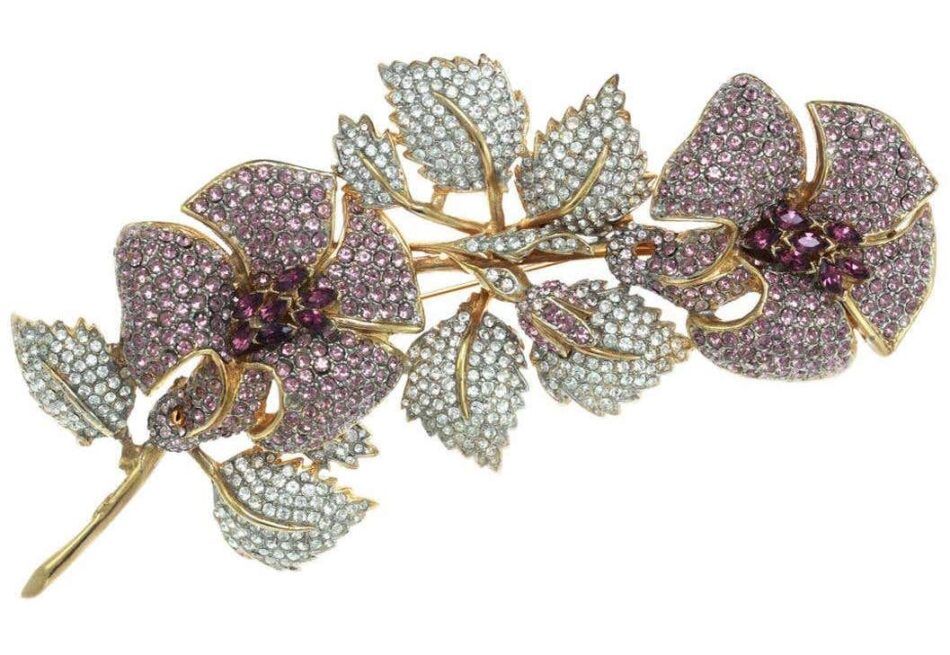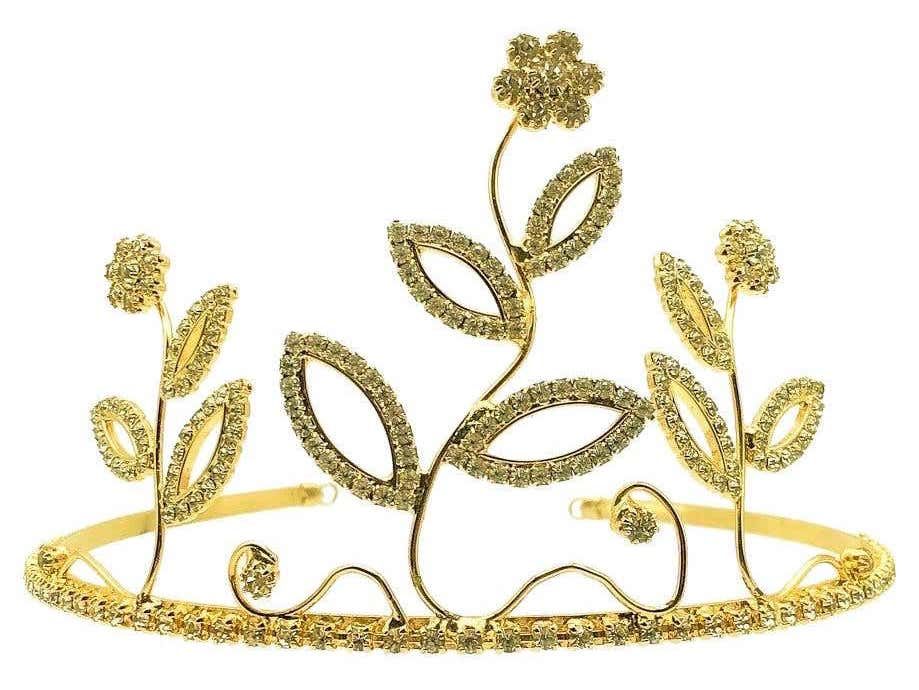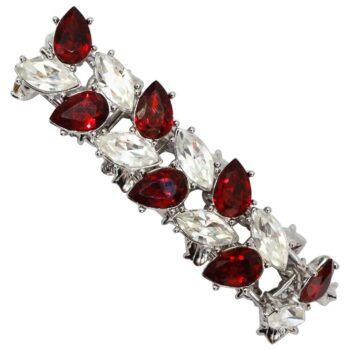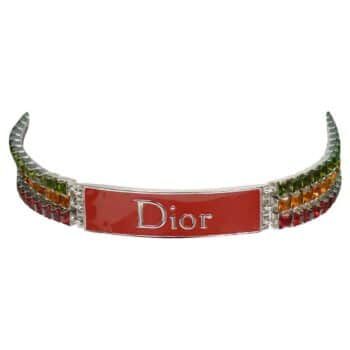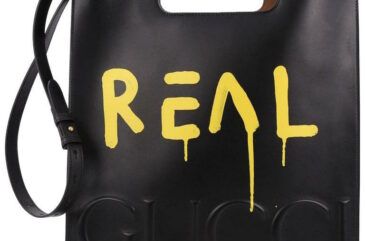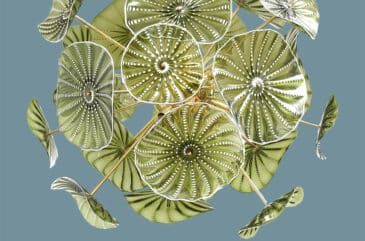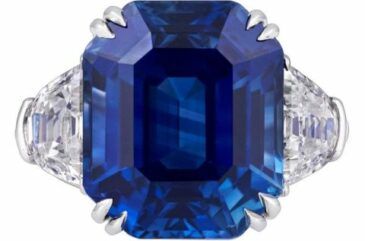Royalty has a secret.
So does Hollywood.
But it’s a secret everyone can share, a secret of glamour, fantasy and fun: the dazzle, glitter and sparkle of rhinestone jewelry.
Rhinestones have defined glamour since as far back as the 13th century, when Austrian jewelers first incorporated the sparkling quartz unique to the Rhine river (hence the name) into their designs, adding brilliance and luminescence to everything from tiaras to necklaces to rings. With their high lead content, the original Rhine stones had a diamond-like quality so alluring to the wealthy that the river was eventually depleted, leaving jewelers searching for an alternative.
Enter Alsatian jeweler Georg Friedrich Strass, who in the late 18th century began coating glass with a metal powder to refract the light (in many European languages, rhinestones are called strass). Some 50 years later, Bohemian glass blowers went even further: They found that by varying the metal backings, they could transform these glass “stones” into replicas of virtually any gem, including rubies, emeralds, morganites, sapphires and colored diamonds.
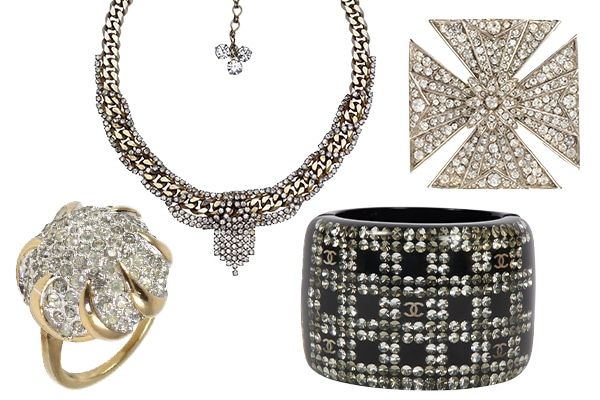
But it was legendary Bohemian gem cutter Daniel Swarovski who, nearly a half-century later, elevated rhinestones to their best and brightest, creating coated glass-crystal gems that are almost indistinguishable from diamonds. He also invented the electric cutting machine, which allowed rhinestones to be manufactured not only in the smallest, pinpoint sizes but also as cabochons.
Since then, designers have produced effects with rhinestones that would be nearly impossible with precious gems — effects that have been appreciated as much by jewelry lovers like Elizabeth Taylor, Madeline Albright and Queen Sophia of Spain as by fashion designers like Christian Dior, Coco Chanel, Givenchy and Yves St. Laurent, among others. And thanks to their affordability, prime rhinestone pieces can be part of anyone’s collection, adding sophisticated elegance or glitz — or both.
“Rhinestones have become truly timeless,” says Jennifer Gibson, of Jennifer Gibson Jewellery. “From the 13th century to Hollywood, from postwar bling to the ’80s and ’90s styles of unashamed excess, to now.”
Like all coveted items, however, rhinestone jewelry varies in quality. When shopping for vintage pieces, advises Misty Guerriero, of Vintage by Misty, it’s important to consider the condition of the stones, metal and setting. Is the gold plating intact? Are the stones chipped or turning black or yellow? “The metal coating on rhinestones can start to fade, and that can change the color,” she explains. Look for sturdy pronged settings and clear stones, such as those in the flowered, fairy-tale tiara above and in this vintage statement necklace.
To avoid damaging your rhinestone jewelry, store it carefully. Piling pieces on top of each other can scratch the metal backings or, worse, the glass itself. Clean the jewels gently with mild baby soap and water using a toothbrush or soft cloth, advises Ciner’s Kris Ciulla, adding, “If the craftsmanship and materials were worthy from the beginning, they can last forever.”
There is joy in wearing rhinestone jewels of that enduring quality, whether a fabulous, hyper-blingy brooch or a pair of fantastical earrings — in combination, perhaps, with high-end pieces.
As Gibson observes, “Women have always mixed jewels, but because there is no limit on color and design with these pieces, they can do so now in a more edgy way.” Ciulla agrees. “It’s so much more fun to express yourself in rhinestone and costume jewelry,” she says. “It allows you to really show your personality, to do something dramatic you otherwise never could.”
